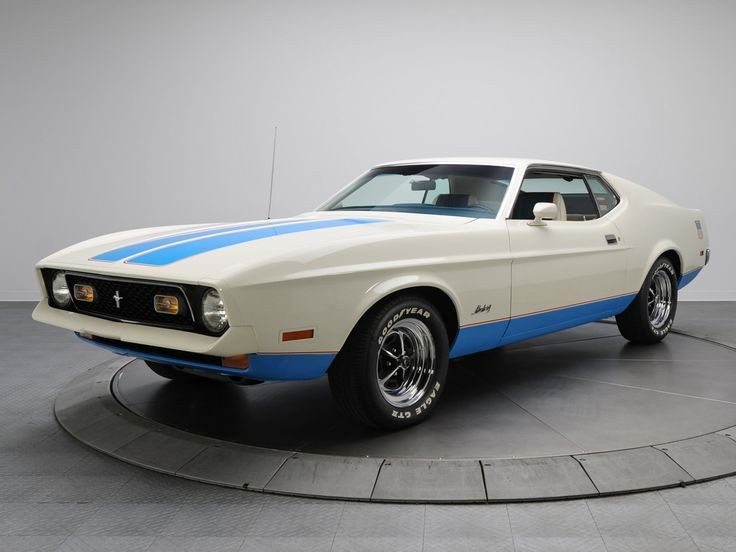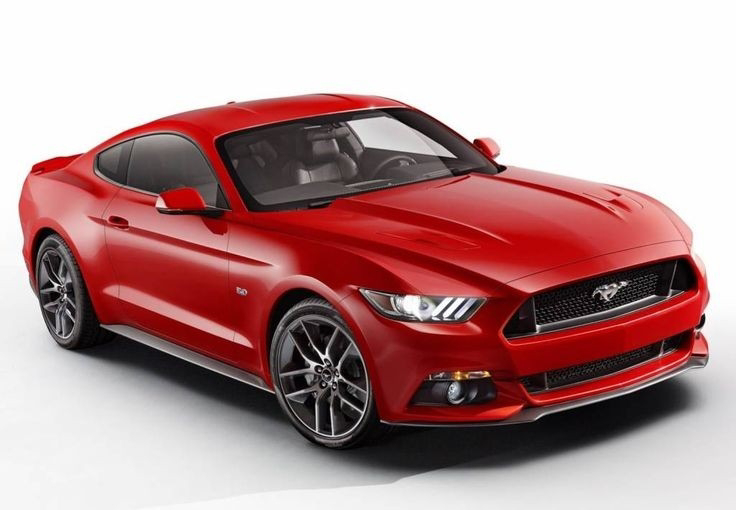THE EVOLUTION OF FORD MUSTANG 🐎: AMERICAN MUSCLE CAR
The Ford Mustang is an iconic American muscle car that has undergone several generations of evolution since its introduction in 1964. Here's an overview of the major milestones and changes throughout the history of the Ford Mustang:
1. First Generation (1964-1973): The first-generation Mustang, often referred to as the "classic" or "early" Mustang, was introduced in 1964. It featured a sleek and sporty design and was available in coupe and convertible body styles. During this generation, several variants and special editions were introduced, including the high-performance Shelby GT350 and GT500 models.
2. Second Generation (1974-1978): The second-generation Mustang, known as the "Mustang II," was introduced in 1974. This era marked a significant change for the Mustang as it transitioned to a smaller and more fuel-efficient platform. However, performance was compromised due to the impact of stricter emission regulations and the oil crisis of the 1970s.
3. Third Generation (1979-1993): The third-generation Mustang, commonly referred to as the "Fox Body Mustang," was introduced in 1979. It featured a more aerodynamic design and a lighter chassis. This generation saw the introduction of the iconic 5.0-liter V8 engine, which became synonymous with Mustang performance. The Fox Body Mustang gained popularity among enthusiasts and saw various performance upgrades throughout its production.
4. Fourth Generation (1994-2004): The fourth-generation Mustang, introduced in 1994, marked a significant redesign for the model. It featured a more rounded and modern design, departing from the boxy look of its predecessor. This generation introduced the SN-95 platform and saw the introduction of the "New Edge" styling in the late 1990s. The fourth-generation Mustang received performance upgrades with the introduction of the SVT Cobra and the return of the Mach 1 variant.
5. Fifth Generation (2005-2014): The fifth-generation Mustang, introduced in 2005, brought back a more retro-inspired design that paid homage to the classic Mustangs of the past. It featured a muscular and aggressive appearance while incorporating modern styling elements. This generation received significant performance upgrades, including the introduction of the Shelby GT500 and the rebirth of the iconic Boss 302 model.
6. Sixth Generation (2015-2020): The sixth-generation Mustang, introduced in 2015, underwent a more comprehensive redesign. It featured a sleeker and more aerodynamic profile while retaining the retro-inspired cues of its predecessor. This generation marked the first time the Mustang was officially offered for sale globally in various markets. Performance-wise, it introduced the turbocharged EcoBoost engine alongside the V6 and V8 options.
7. Seventh Generation (2021-present): The current-generation Mustang, introduced in 2021, represents a further evolution of the design and technology. It features a refined exterior with updated front and rear-end styling. The interior received significant improvements, incorporating modern technology and enhanced comfort. The latest Mustang offers a range of powertrain options, including an EcoBoost engine, V8 variants, and the all-electric Mustang Mach-E SUV.
Throughout its history, the Ford Mustang has evolved to meet changing market demands and regulations while maintaining its status as an iconic American performance car. Its enduring popularity can be attributed to its powerful performance, recognizable design cues, and cultural significance in automotive history.























Comments
Post a Comment